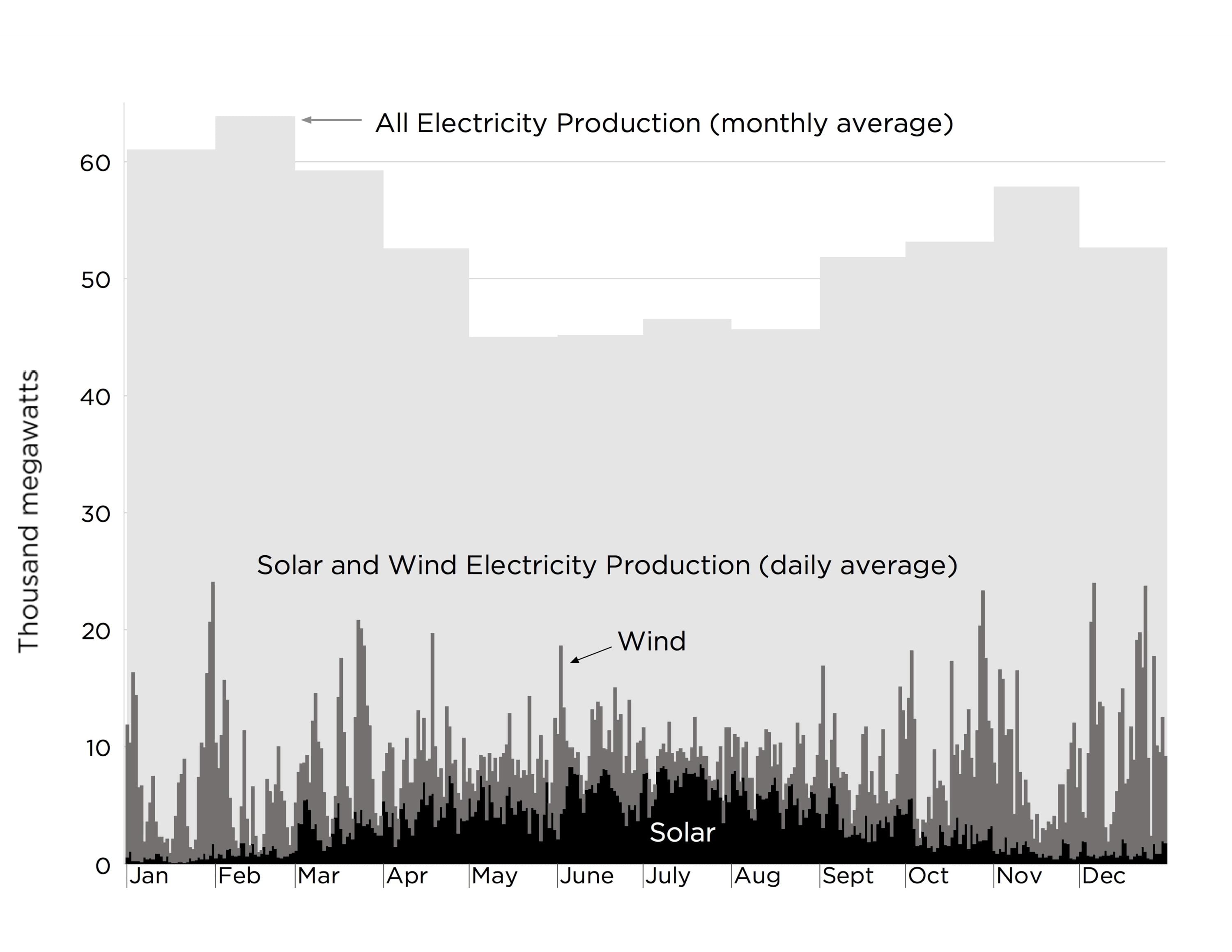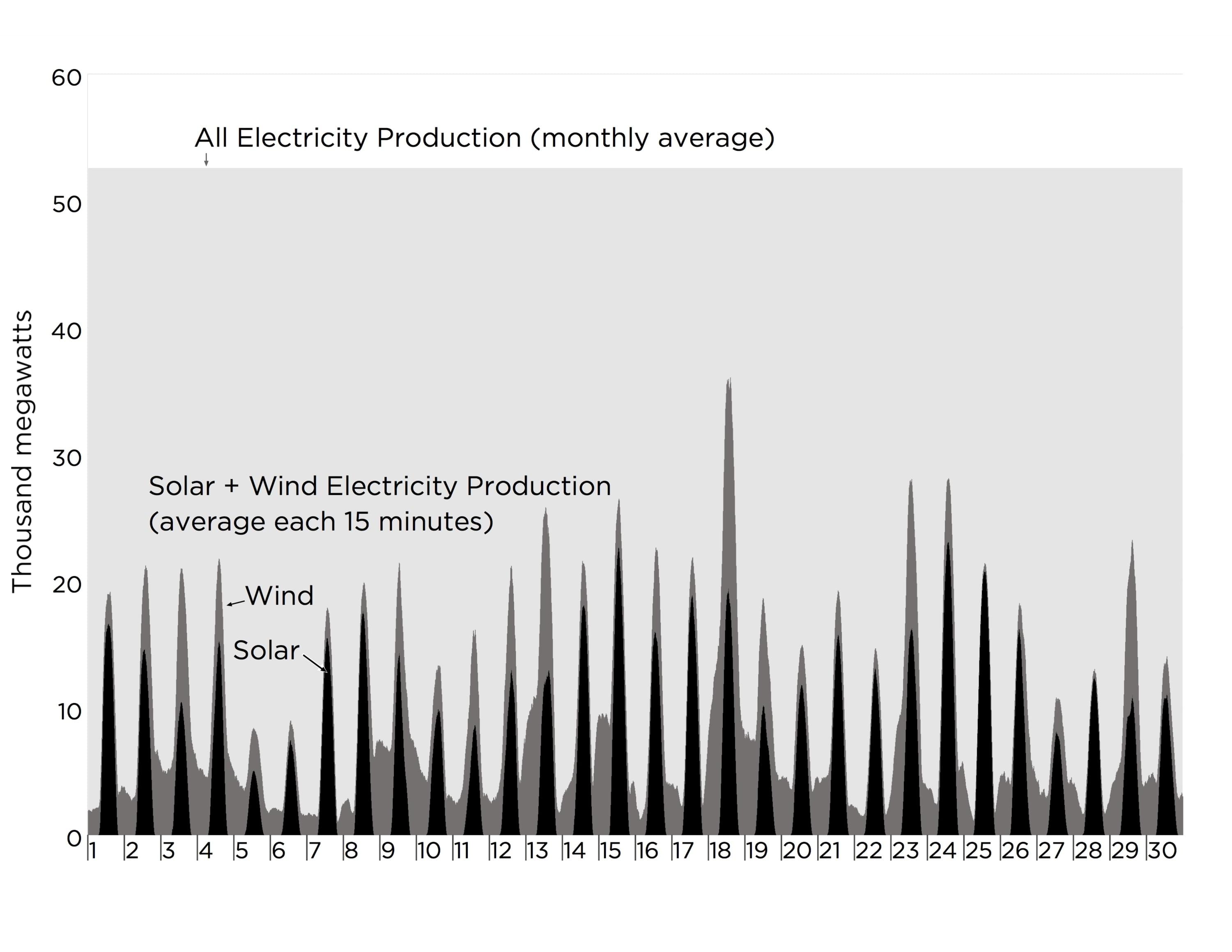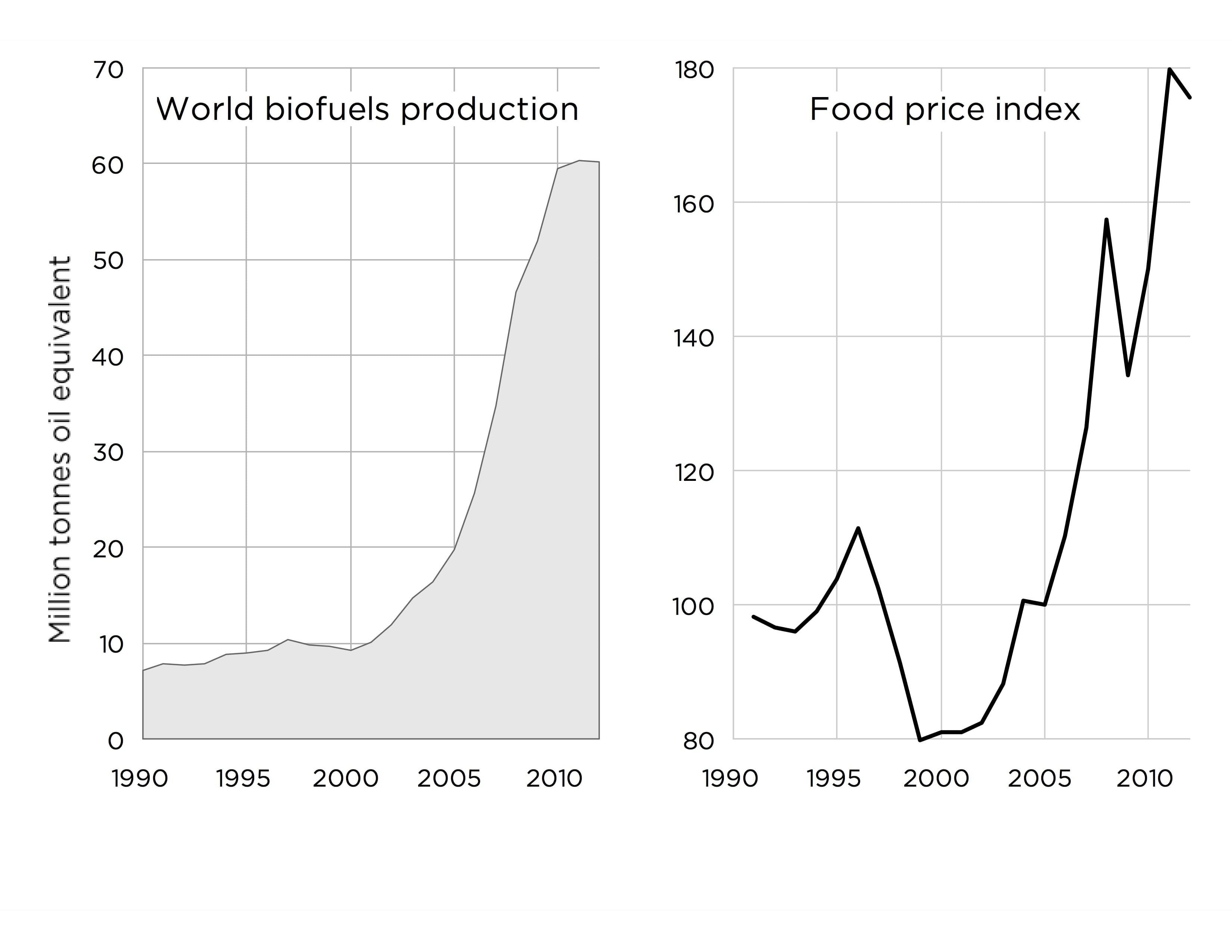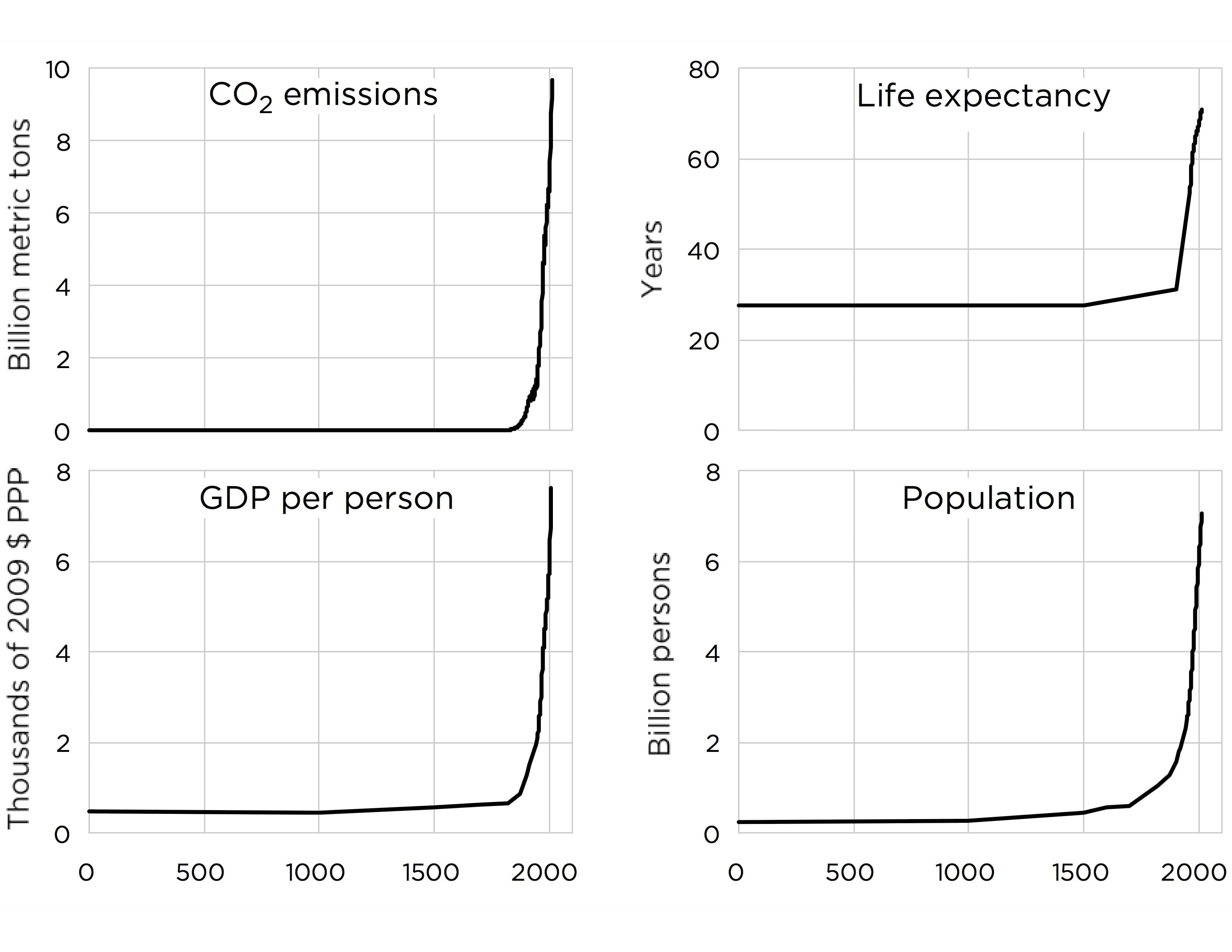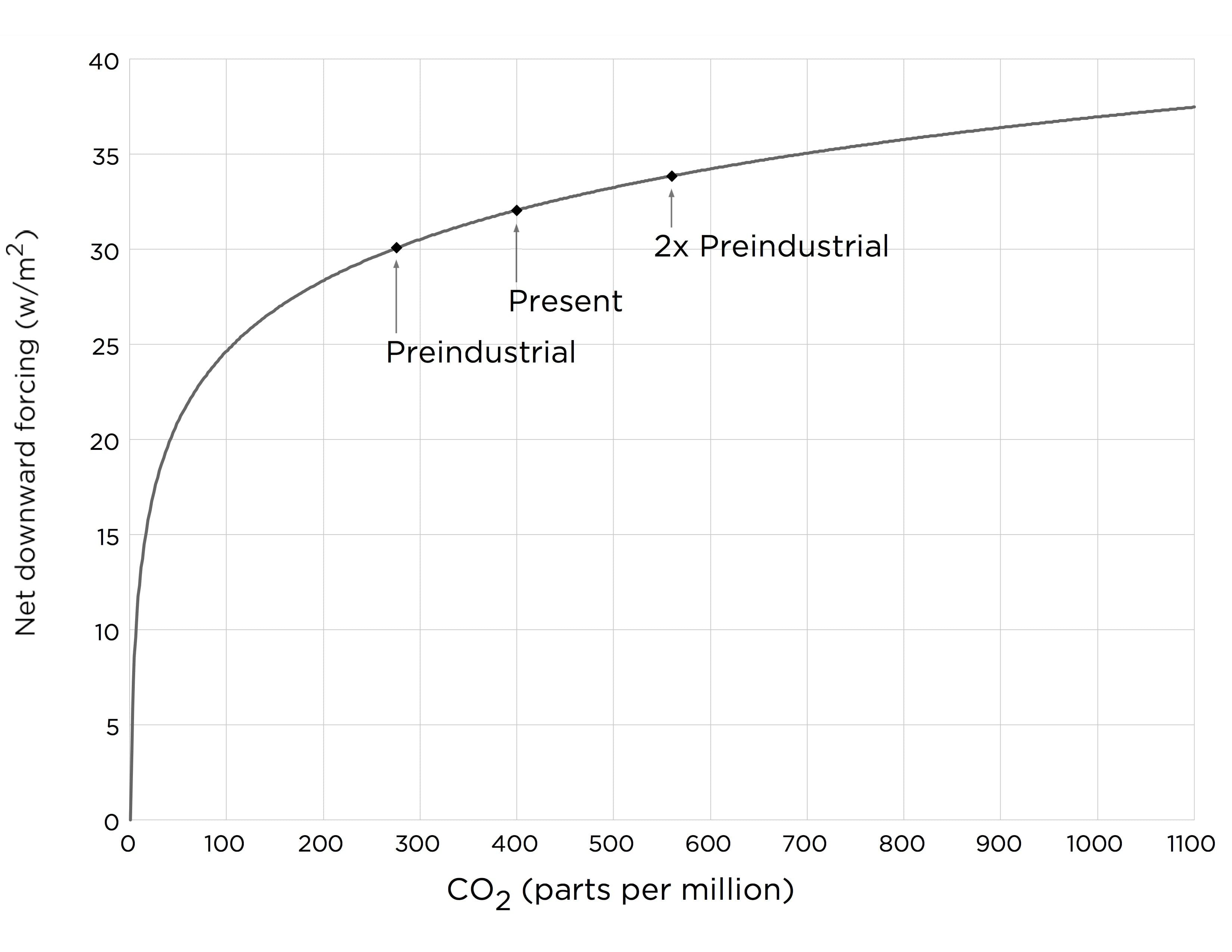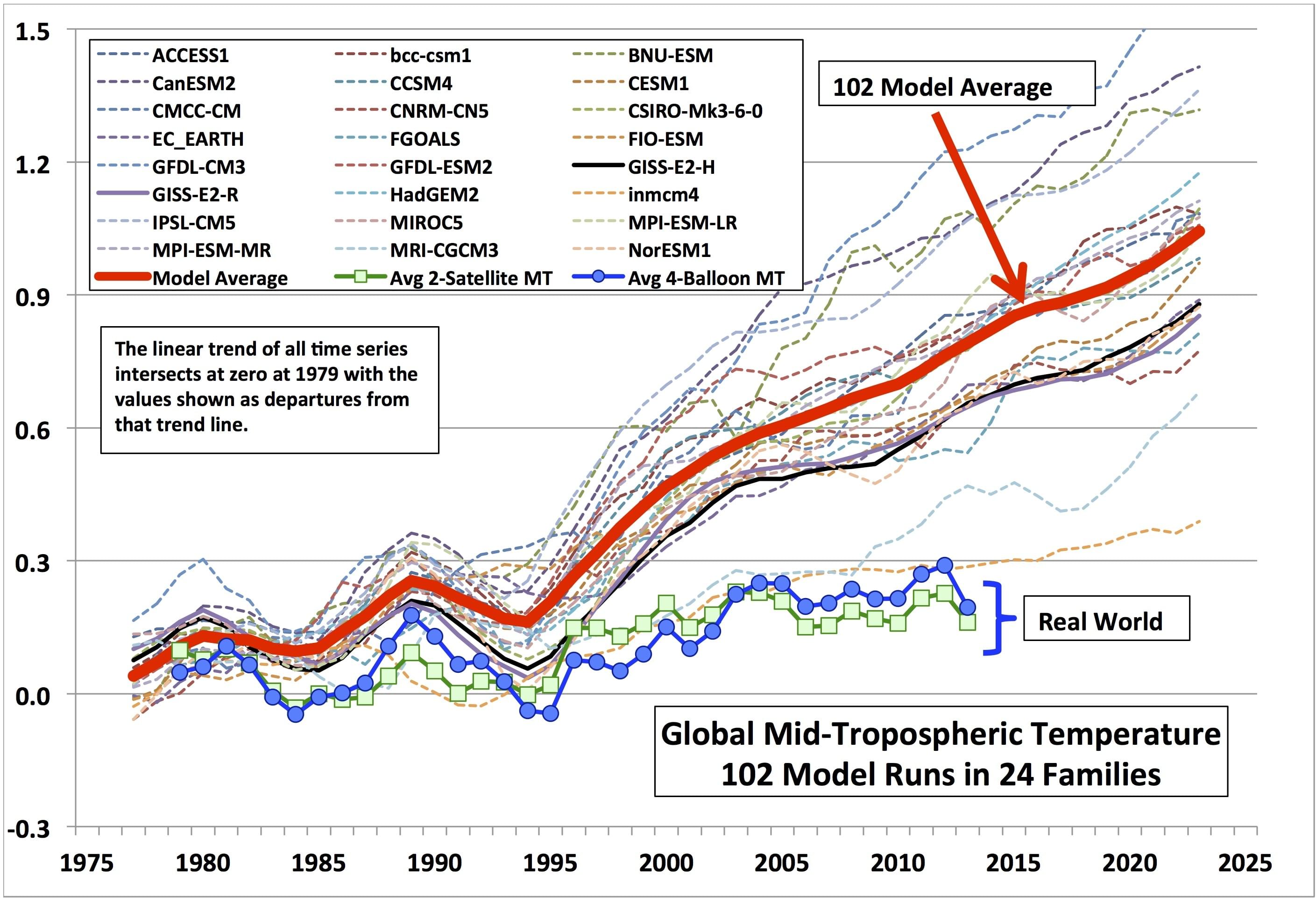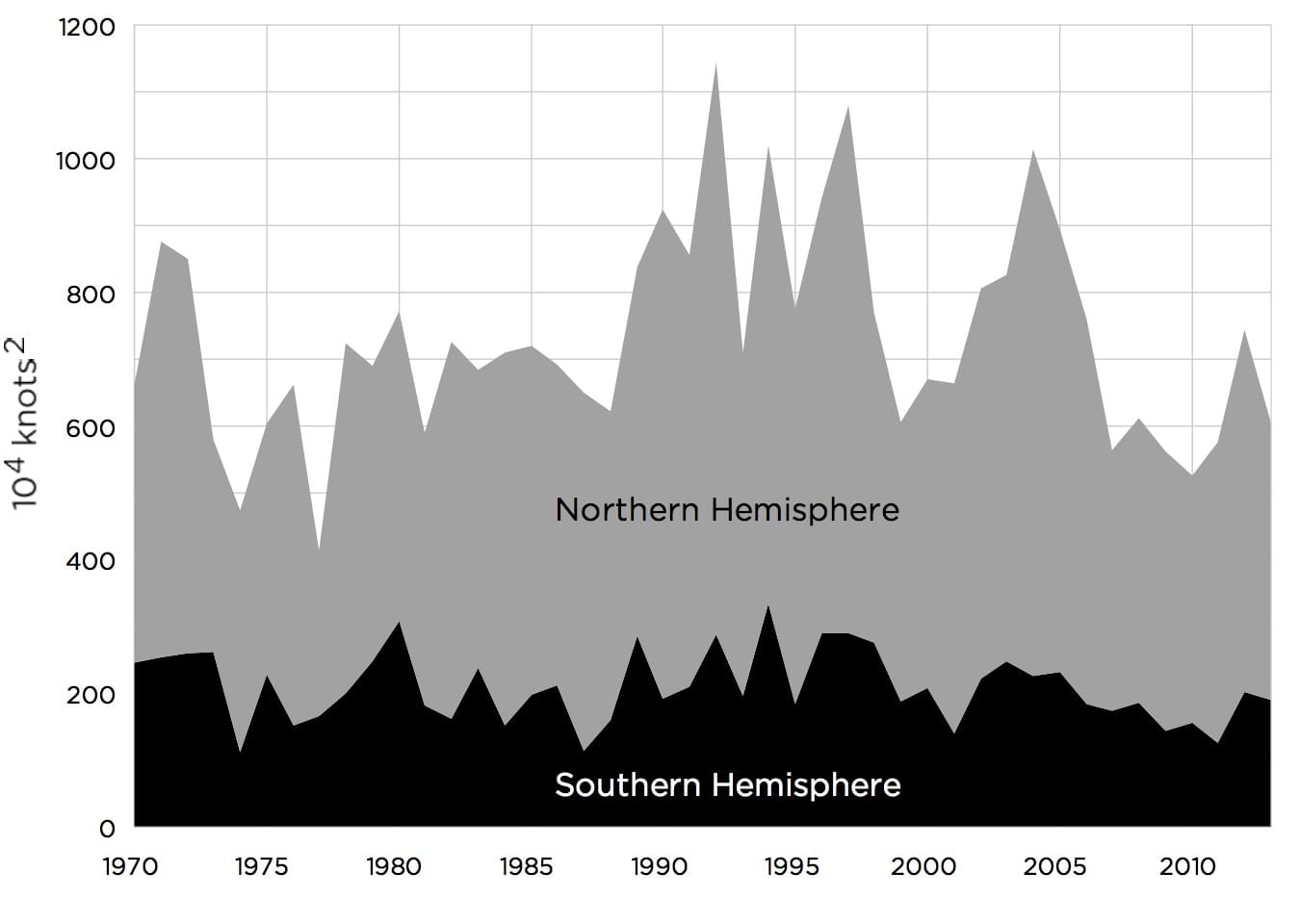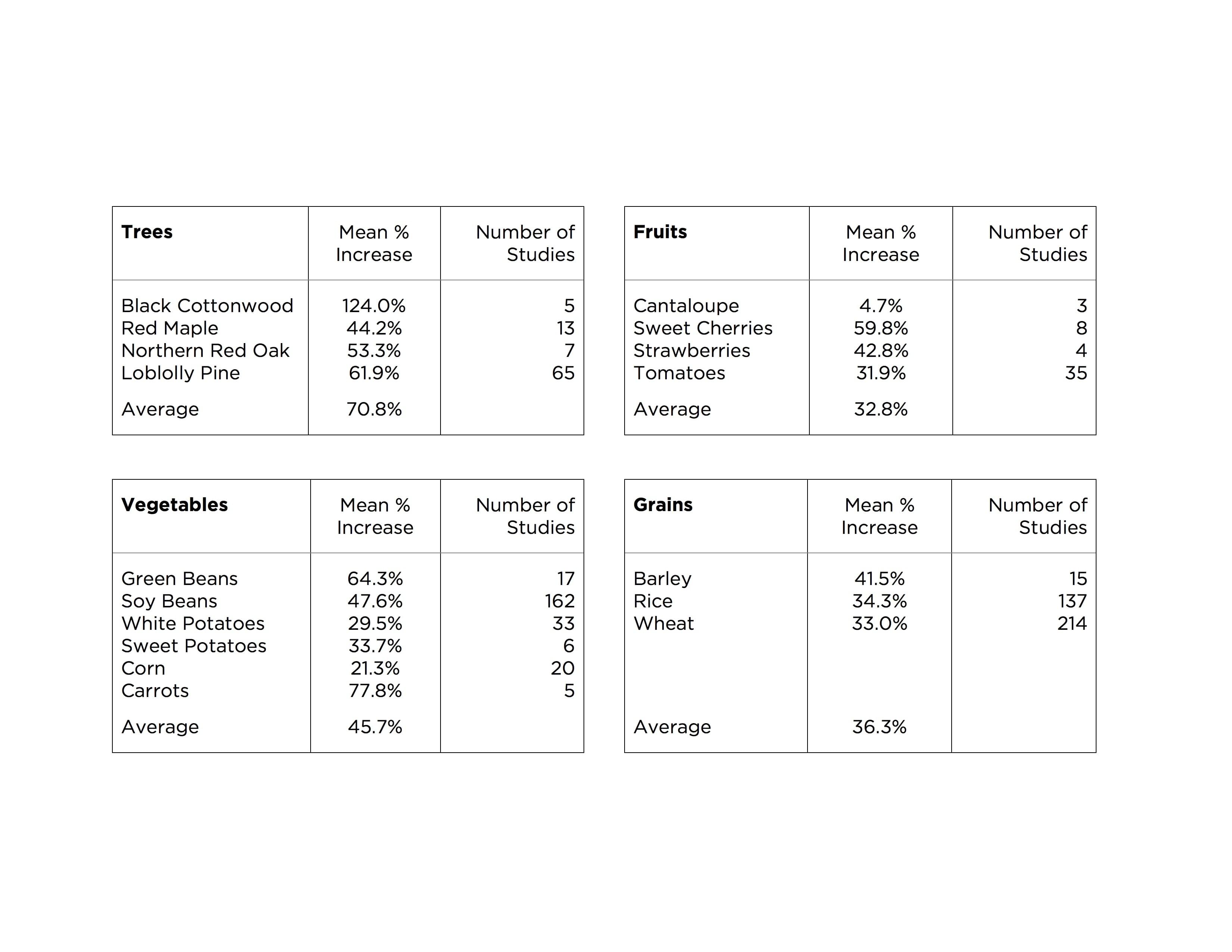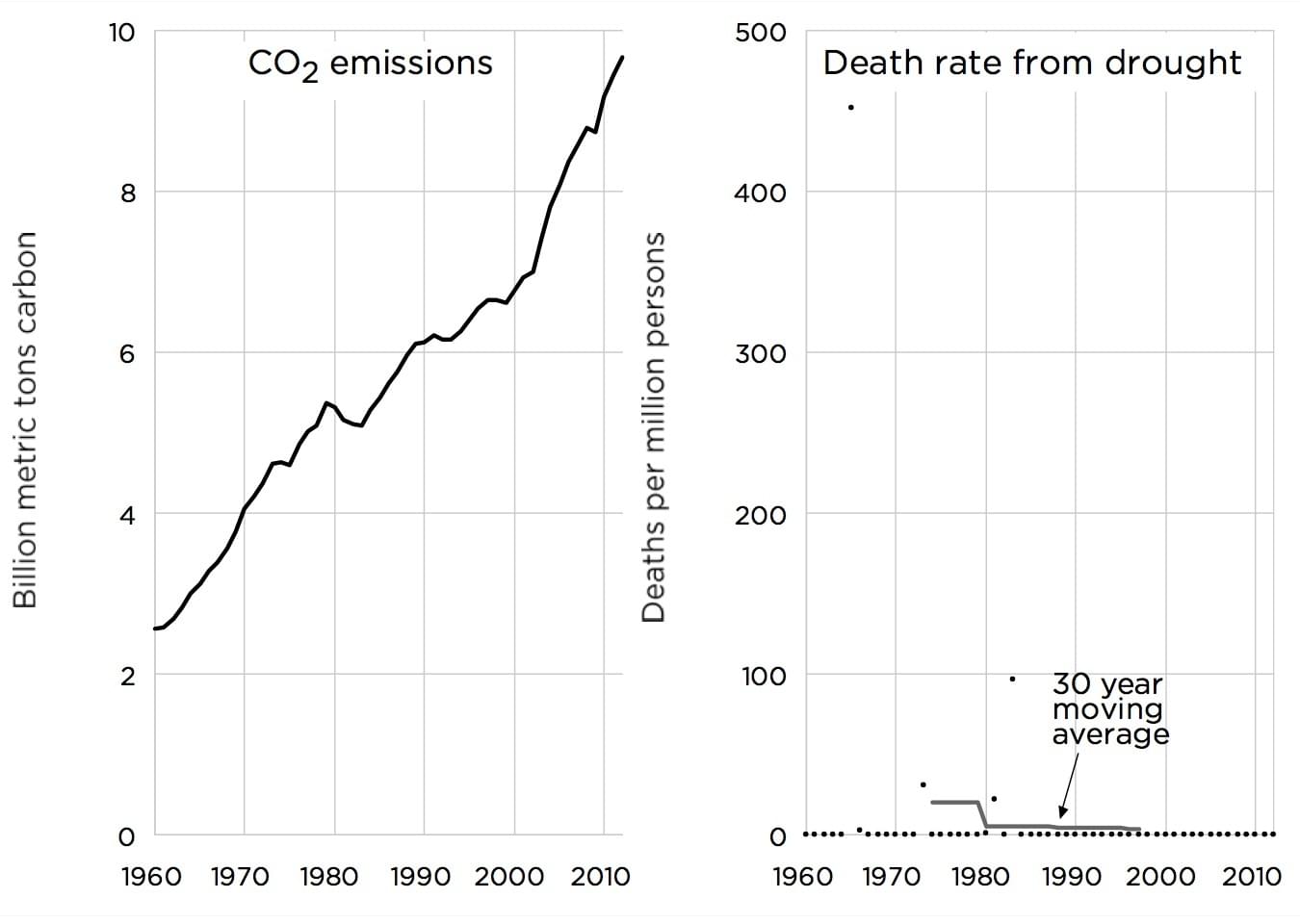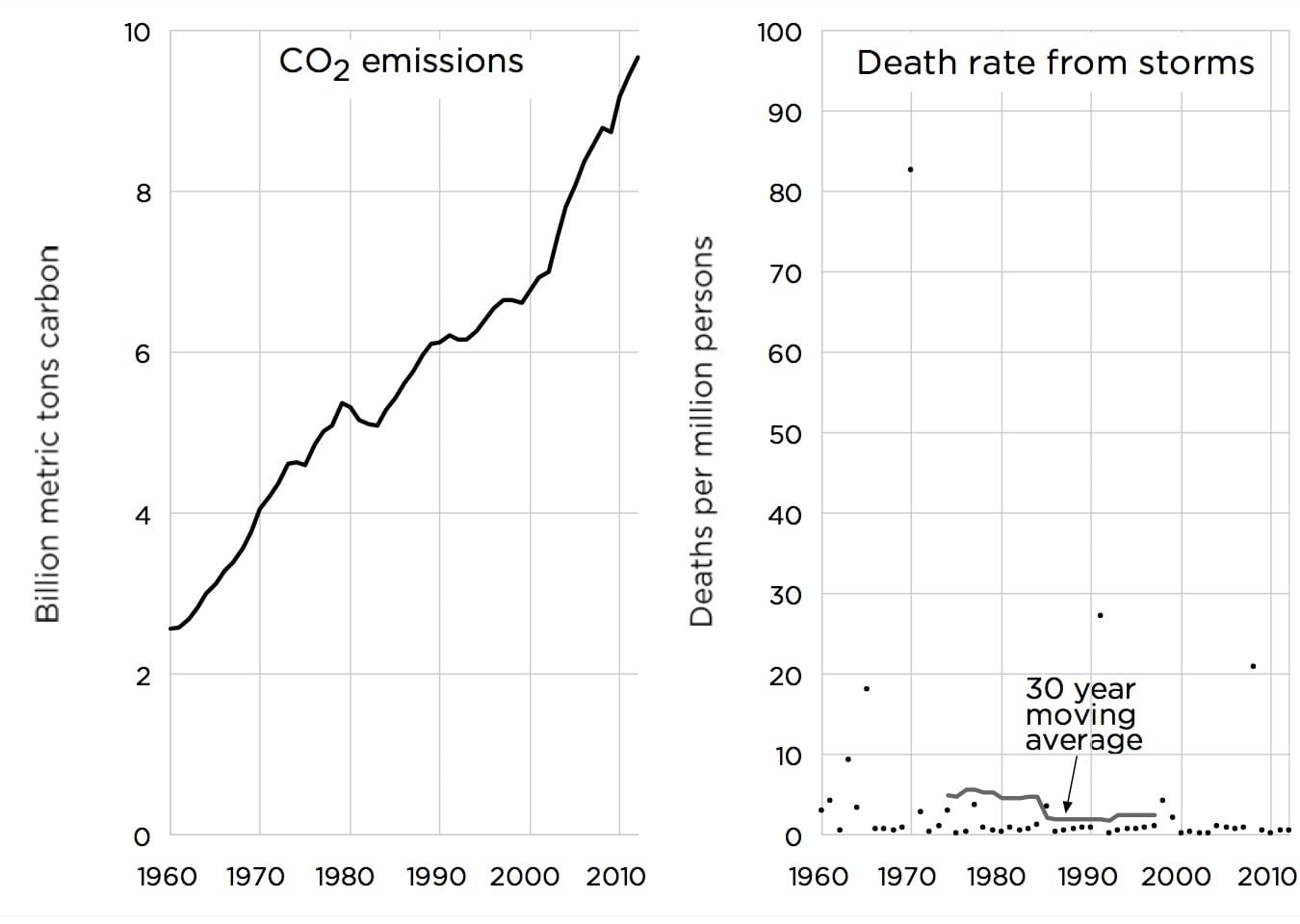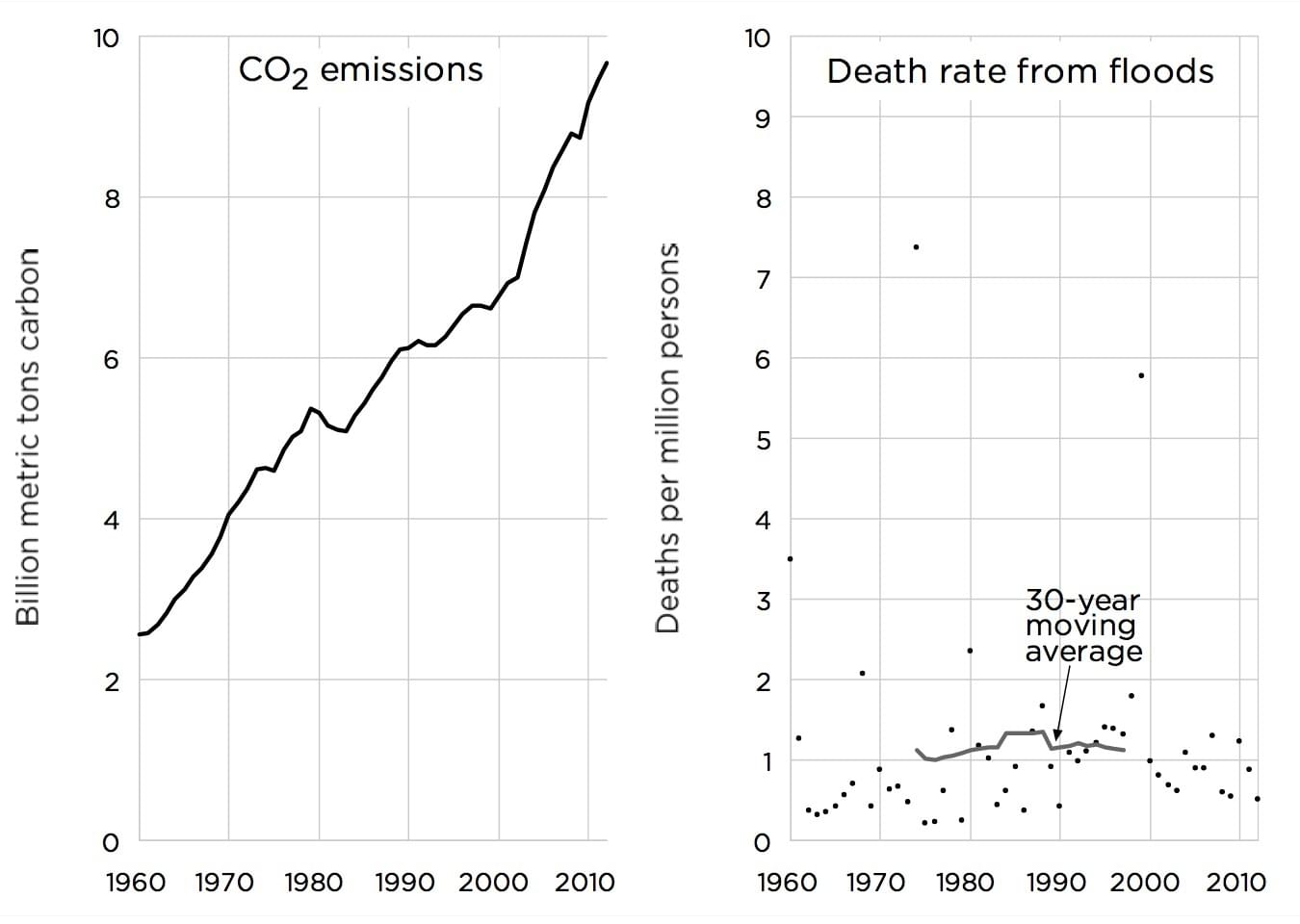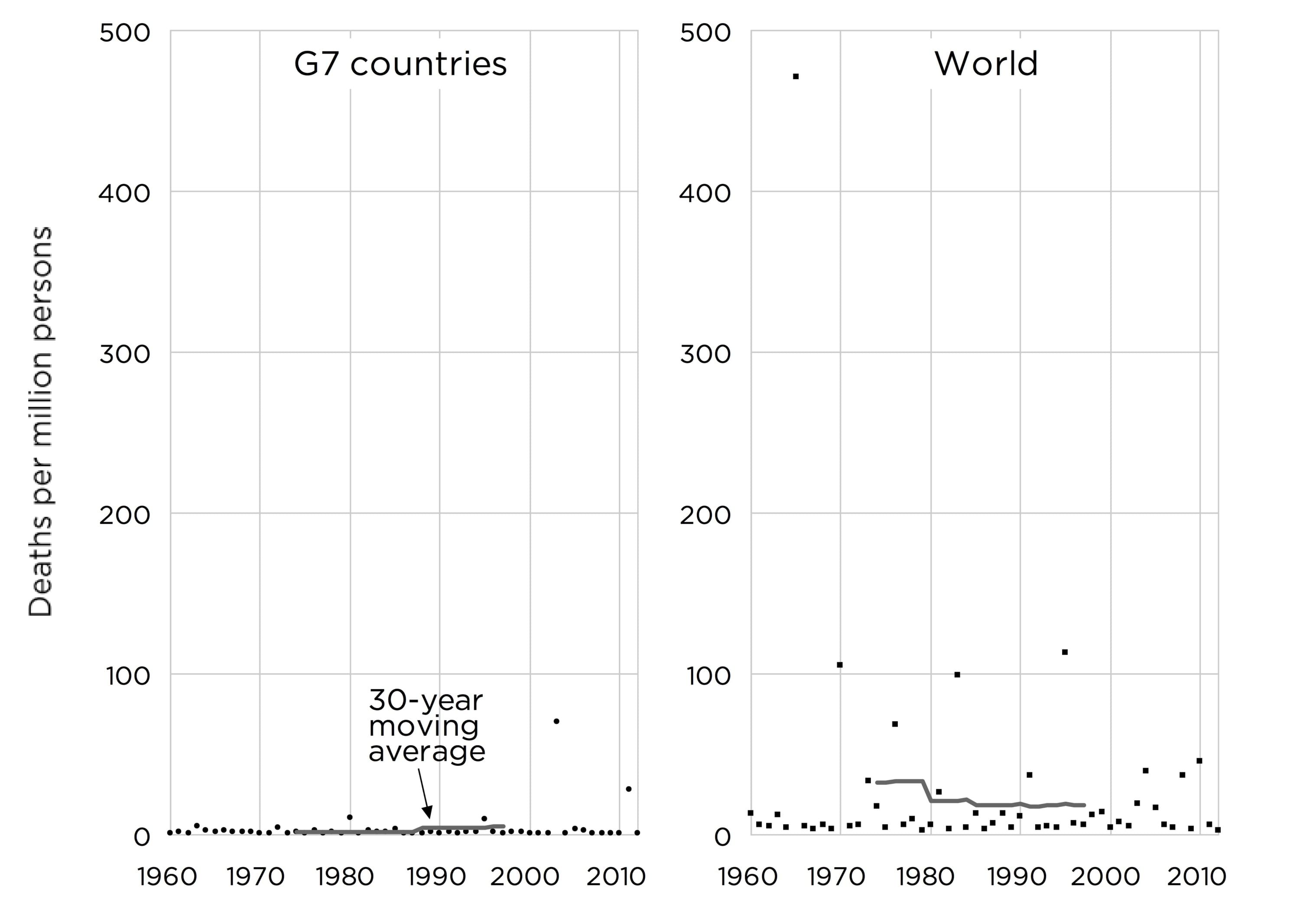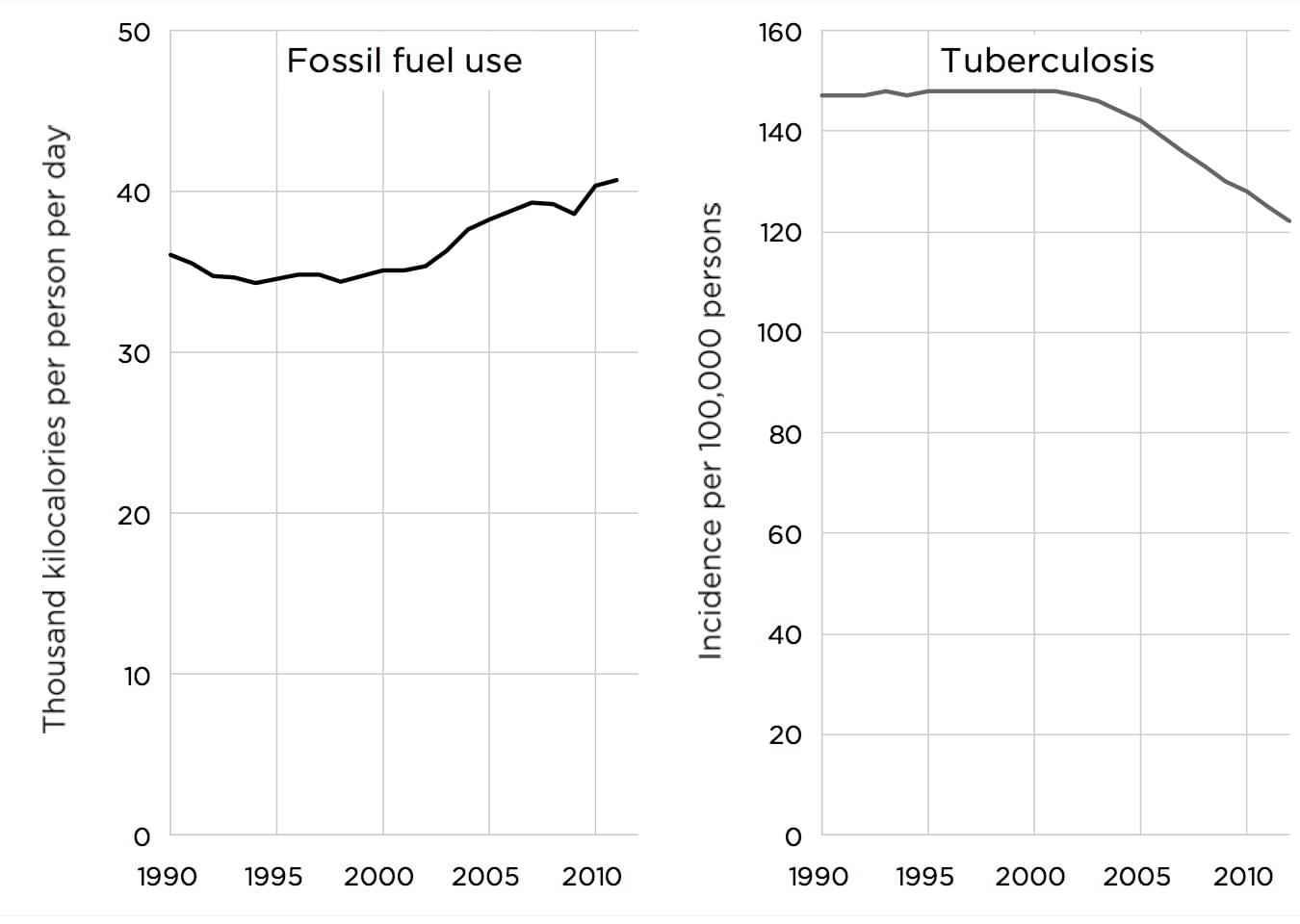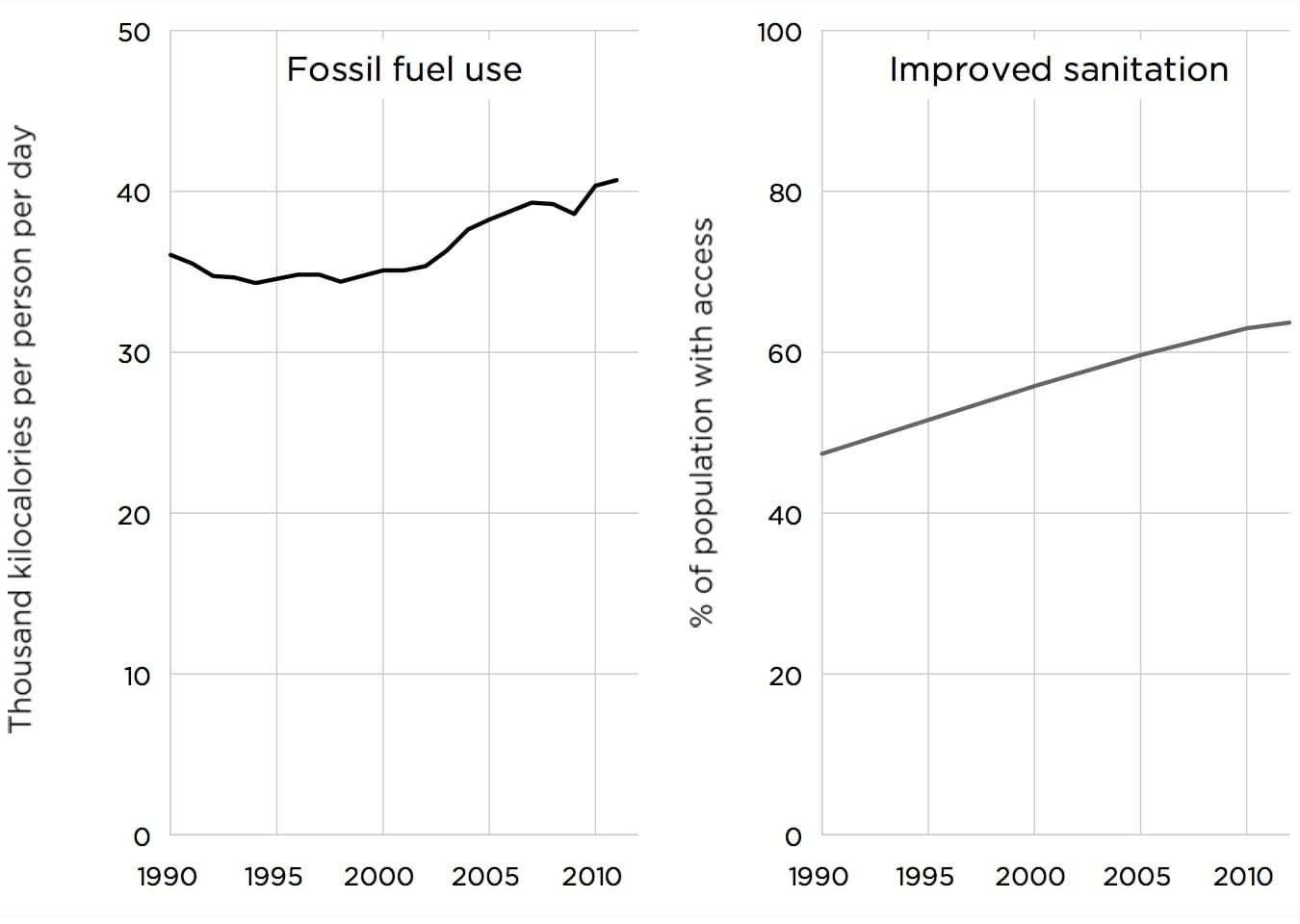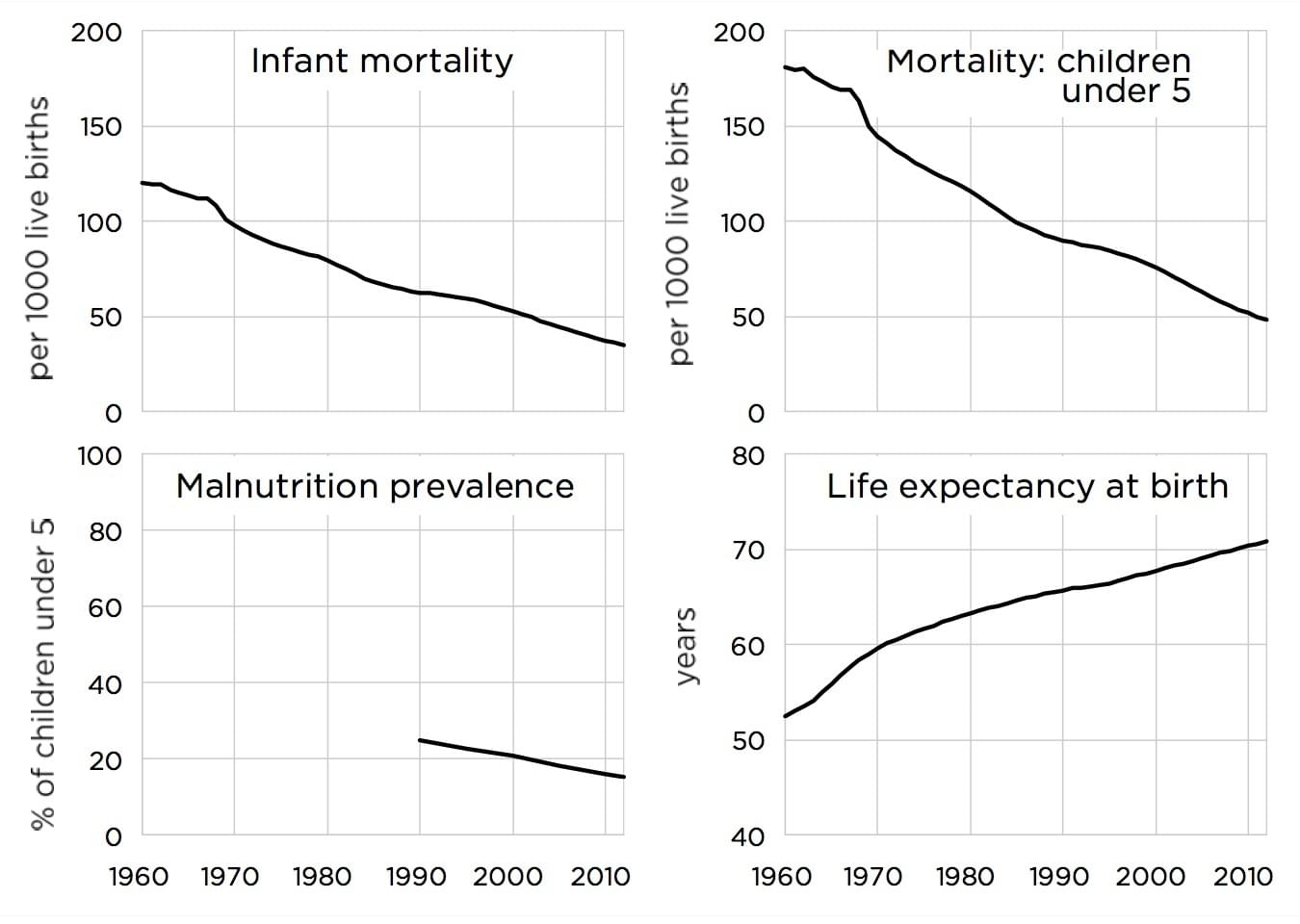Mt = metric tonsNatural Gas 3.3 Mt (P/Z/P 2005, combined cycle) per 1 MW
Coal 41,000 Mt (Alpine Bau) per 1,600 MW (25.63 Mt per 1 MW
Wind 123 Mt (Wilburn 2011, Next generation onshore case) per 1 MW.
Capacity factors have been applied to correct for the varying actual production/potential production ratio of the different sources:
Wind = 123 Mt / 22% = 559 Mt
Coal = 25.63 Mt / 70% = 36.6 Mt
Natural Gas = 3.3 Mt / 60% = 5.5 Mt
Some differences in the values compared to the book version are the result of rounding errors during conversion of units. The conversion factors used are conservative estimates. Practical examples often show higher capacity factors for fossil fuel power plants and lower capacity factors for wind turbines, depending on the actual grid design. High volatile input capacity from solar and wind also arbitrarily forces the capacity factors of controllable energy sources to be lower than usual, as these have to absorb the volatility to ensure grid stability.

